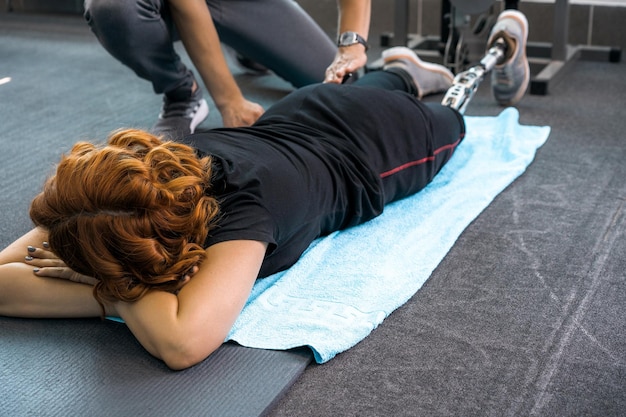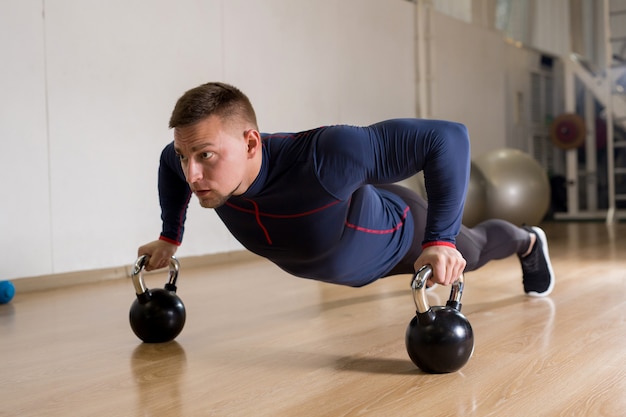35 Mobility Mistakes Killing Your Muscle Gains (And How to Fix Them Fast)
If you're lifting heavy, eating clean, and still not seeing the muscle growth you want, the problem might not be your effort—it could be your mobility. Poor mobility sabotages form, limits range of motion, increases injury risk, and ultimately hampers muscle activation. For serious muscle gainers, ignoring mobility is like driving a high-performance car with flat tires.
Below, we break down 35 common mobility mistakes, offer actionable weekly targets, practical tips, and essential safety reminders to help you move better, lift heavier, and grow stronger—safely.
Why Mobility Matters for Muscle Growth
Mobility—the ability to move a joint through its full range of motion with control—is foundational for effective strength training. Without it, you can't achieve proper depth in squats, full extension in presses, or optimal muscle stretch in pulls. This leads to imbalanced development, joint stress, and plateaued gains.

Top 35 Mobility Mistakes Sabotaging Your Gains
- Skipping warm-ups entirely
- Only stretching after workouts
- Ignoring joint-specific mobility (e.g., ankles, hips, shoulders)
- Using poor form to hit depth in lifts
- Not addressing muscle imbalances
- Over-relying on passive stretching
- Doing mobility only when sore
- Skipping breathing drills
- Not bracing the core during mobility work
- Training through pain instead of correcting it
- Using too much weight with limited range
- Ignoring thoracic spine mobility
- Wearing unsupportive footwear during lifts
- Not using foam rolling strategically
- Doing mobility randomly without a plan
- Skipping hip flexor work
- Overlooking ankle dorsiflexion
- Not tracking progress in range of motion
- Doing the same routine every day
- Ignoring posture during daily activities
- Skipping dynamic stretches before lifting
- Not activating key stabilizers (e.g., glutes, rotator cuff)
- Using excessive momentum in warm-ups
- Training mobility only on leg days
- Not hydrating enough (affects tissue quality)
- Overtraining without recovery
- Ignoring sleep’s role in tissue repair
- Not using resistance bands for active mobility
- Skipping scapular mobility drills
- Doing static stretches pre-workout
- Not warming up joints before heavy lifts
- Using improper bench or rack height
- Not adjusting technique for mobility limits
- Expecting overnight results
- Not consulting movement assessments
Weekly Mobility Targets for Muscle Gainers
- 3-5 days/week: 10–15 minutes of dynamic warm-up before lifting
- 2-3 days/week: 15–20 minutes of dedicated mobility work (hips, shoulders, spine)
- Daily: 5 minutes of breathing and posture correction
- Weekly: Track range of motion in key lifts (e.g., squat depth, overhead press)
- Every 4 weeks: Reassess mobility with functional tests (e.g., overhead squat, lunge)
Essential Tips to Improve Mobility
- Use dynamic movements pre-workout: Leg swings, arm circles, cat-cow, banded hip distractions
- Focus on active flexibility: Incorporate loaded carries, crawl patterns, and isometric holds
- Hydrate and nourish tissues: Collagen, omega-3s, and water support connective tissue health
- Use tools wisely: Foam rollers, lacrosse balls, and resistance bands enhance tissue quality
- Train movement patterns: Crawling, squatting, and rotating daily improves neuromuscular control

Safety Reminders
- Never force a joint beyond its current range—progress gradually
- Avoid sharp pain during mobility drills; discomfort is normal, pain is not
- Warm up joints before loading them (e.g., shoulder dislocations before bench press)
- Correct asymmetries—don’t let one side dominate
- Pair mobility with strength: weak stabilizers won’t support improved range
- Rest and recover—mobility work is still stress on the body
Final Thoughts
Mobility isn’t just for yogis or rehab patients—it’s a critical component of muscle growth. By fixing these 35 common mistakes, setting clear weekly targets, and prioritizing safe, consistent practice, you’ll unlock better form, deeper muscle engagement, and sustainable gains. Treat mobility like a muscle: train it, track it, and watch your strength soar.

















